Expansion of Broadband Access
The Satellite Internet Market is experiencing a notable expansion in broadband access, particularly in underserved regions. As traditional terrestrial infrastructure struggles to reach remote areas, satellite technology emerges as a viable alternative. Recent data indicates that approximately 40 percent of the world's population remains unconnected, highlighting a substantial opportunity for satellite providers. This expansion is driven by the increasing demand for high-speed internet services, which are essential for education, healthcare, and economic development. The Satellite Internet Market is thus positioned to bridge the digital divide, offering solutions that cater to both urban and rural populations. As investments in satellite technology continue to grow, the potential for enhanced connectivity becomes more pronounced, suggesting a robust future for the industry.
Government Initiatives and Funding
Government initiatives and funding are significantly influencing the Satellite Internet Market. Various governments are recognizing the importance of internet access as a fundamental right and are investing in satellite technology to enhance connectivity. For instance, initiatives aimed at providing broadband access to rural and remote areas have led to increased funding for satellite projects. Recent reports indicate that several countries have allocated billions of dollars to support satellite internet initiatives, aiming to connect millions of unserved households. This governmental support not only stimulates market growth but also encourages private sector investment, fostering a collaborative environment for innovation. The Satellite Internet Market is thus benefiting from a favorable regulatory landscape that prioritizes connectivity and digital inclusion.
Rising Demand for Remote Work Solutions
The Satellite Internet Market is witnessing a surge in demand for remote work solutions. As more organizations adopt flexible work arrangements, the need for reliable internet access in remote locations has become paramount. Satellite internet provides a solution for employees working from rural or isolated areas, ensuring they remain connected to their teams and resources. Recent surveys indicate that nearly 30 percent of employees work remotely at least part-time, underscoring the necessity for robust internet services. This trend is likely to continue, as businesses recognize the benefits of remote work in terms of productivity and employee satisfaction. Consequently, the Satellite Internet Market is poised to capitalize on this growing demand, offering tailored solutions that meet the needs of remote workers.
Increased Investment in Satellite Infrastructure
Increased investment in satellite infrastructure is a key driver of the Satellite Internet Market. As the demand for high-speed internet continues to rise, both private and public entities are channeling resources into the development of satellite networks. Recent data suggests that global investment in satellite infrastructure could exceed USD 100 billion by 2030, reflecting the industry's growth potential. This influx of capital is facilitating the deployment of advanced satellite systems, enhancing coverage and service quality. Moreover, partnerships between satellite operators and technology firms are fostering innovation, leading to the development of new services and applications. The Satellite Internet Market is thus entering a phase of rapid expansion, driven by substantial investments aimed at improving connectivity and service delivery.
Technological Advancements in Satellite Technology
Technological advancements play a pivotal role in shaping the Satellite Internet Market. Innovations such as high-throughput satellites (HTS) and low Earth orbit (LEO) constellations are revolutionizing the way internet services are delivered. HTS technology allows for increased bandwidth and improved data transmission rates, while LEO satellites reduce latency, making satellite internet more competitive with terrestrial options. According to recent estimates, the market for HTS is projected to reach USD 20 billion by 2026, reflecting the growing reliance on advanced satellite systems. These advancements not only enhance user experience but also expand the range of applications, from IoT connectivity to emergency response services. The Satellite Internet Market is thus evolving rapidly, driven by the need for faster, more reliable internet solutions.
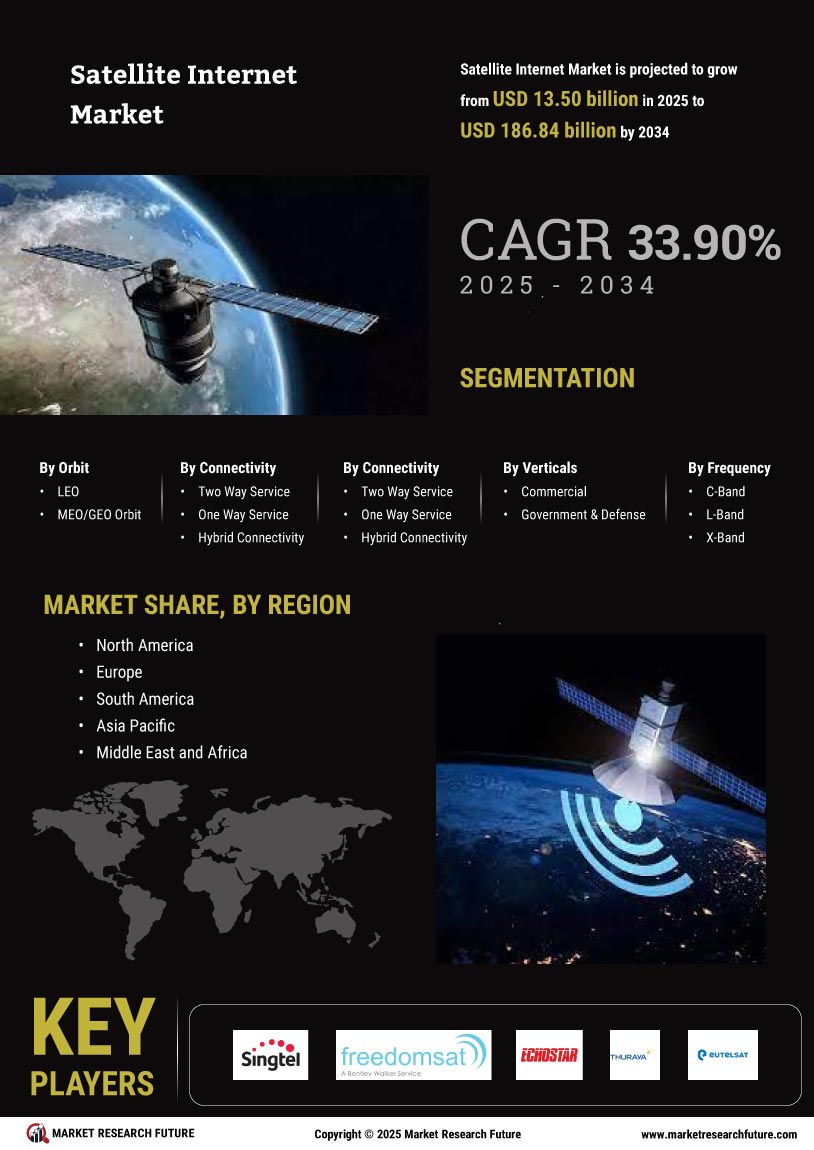


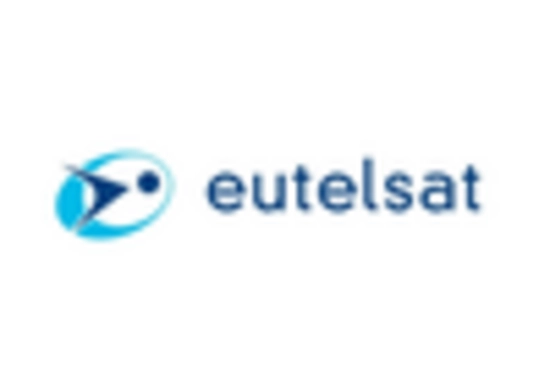
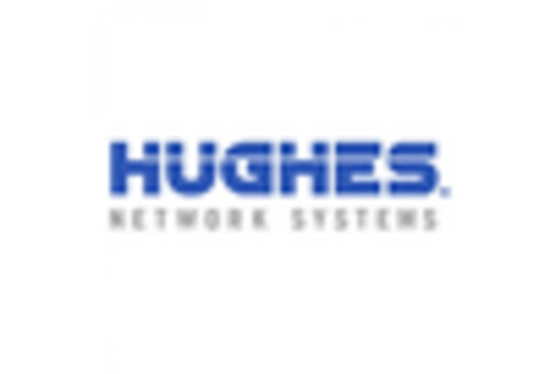

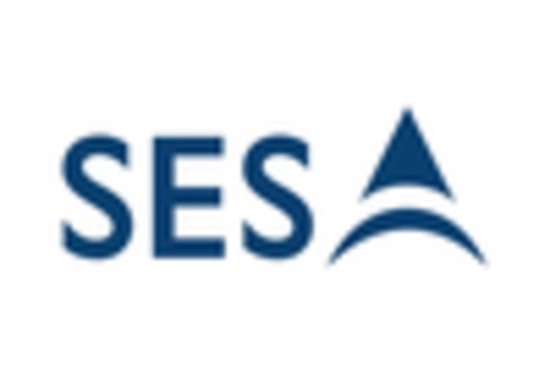

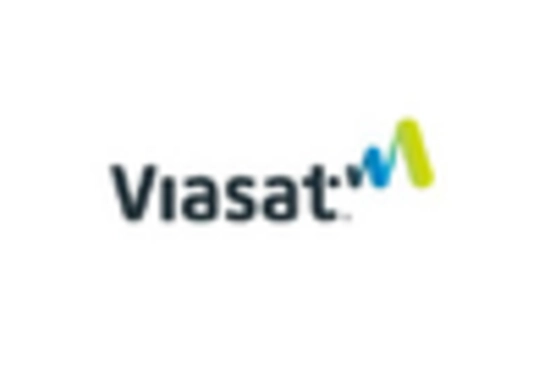








Leave a Comment